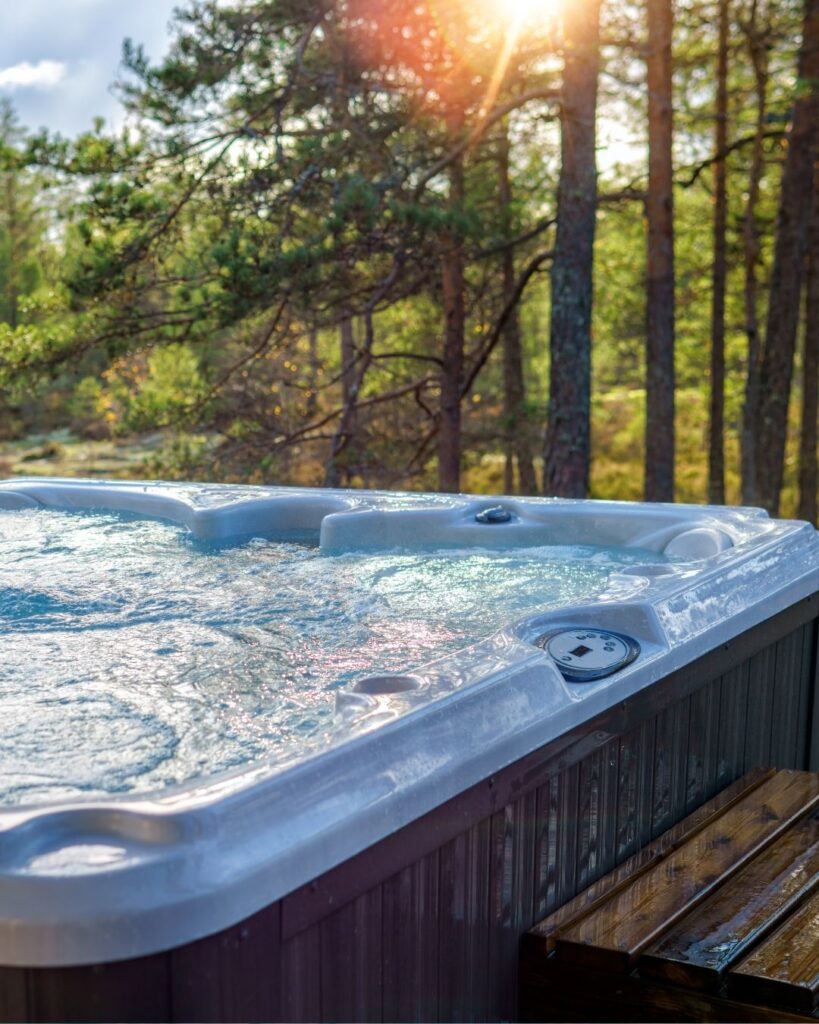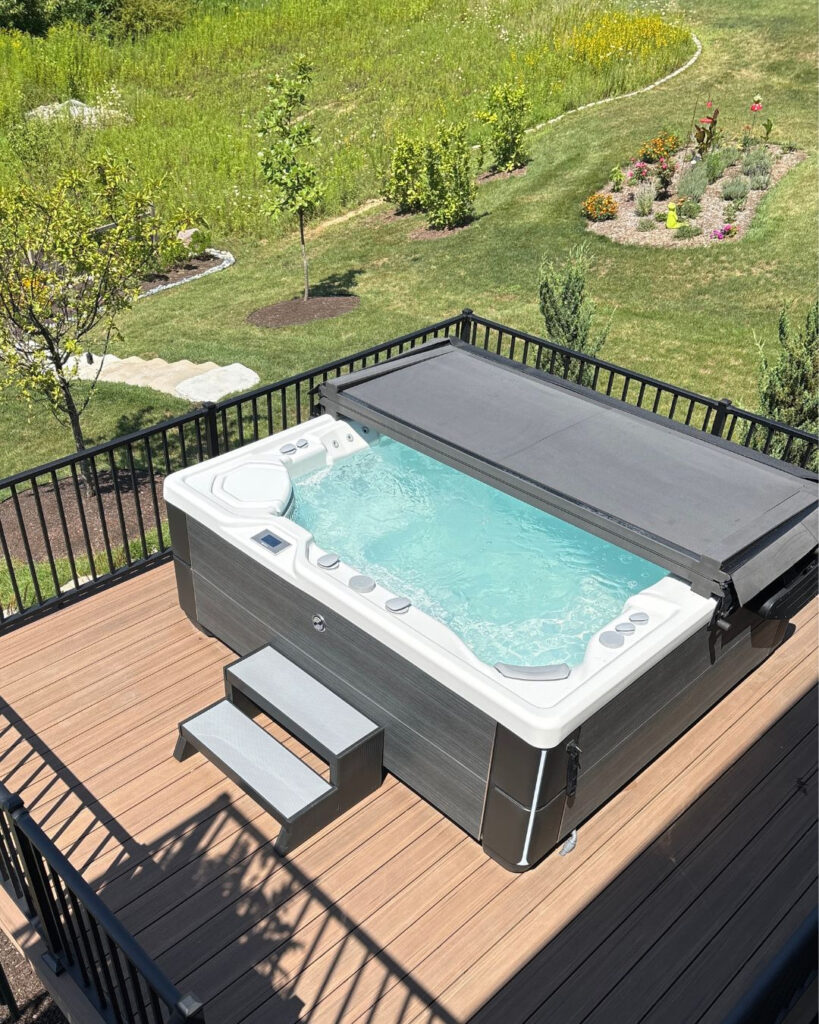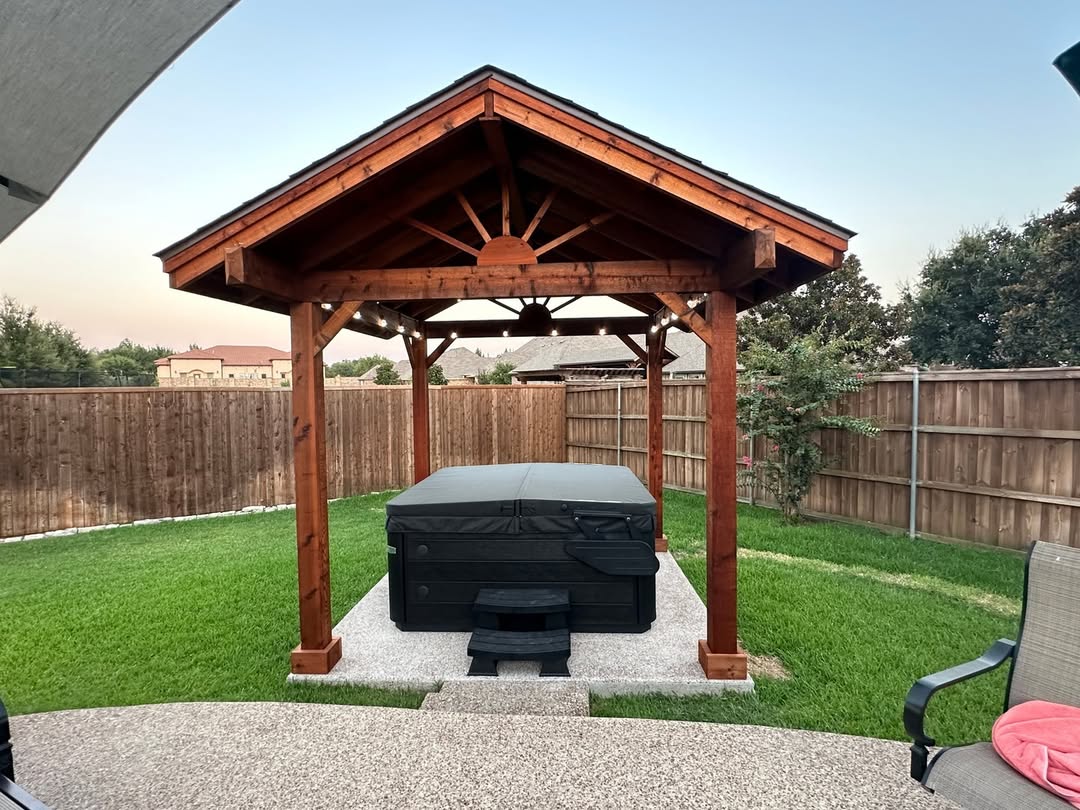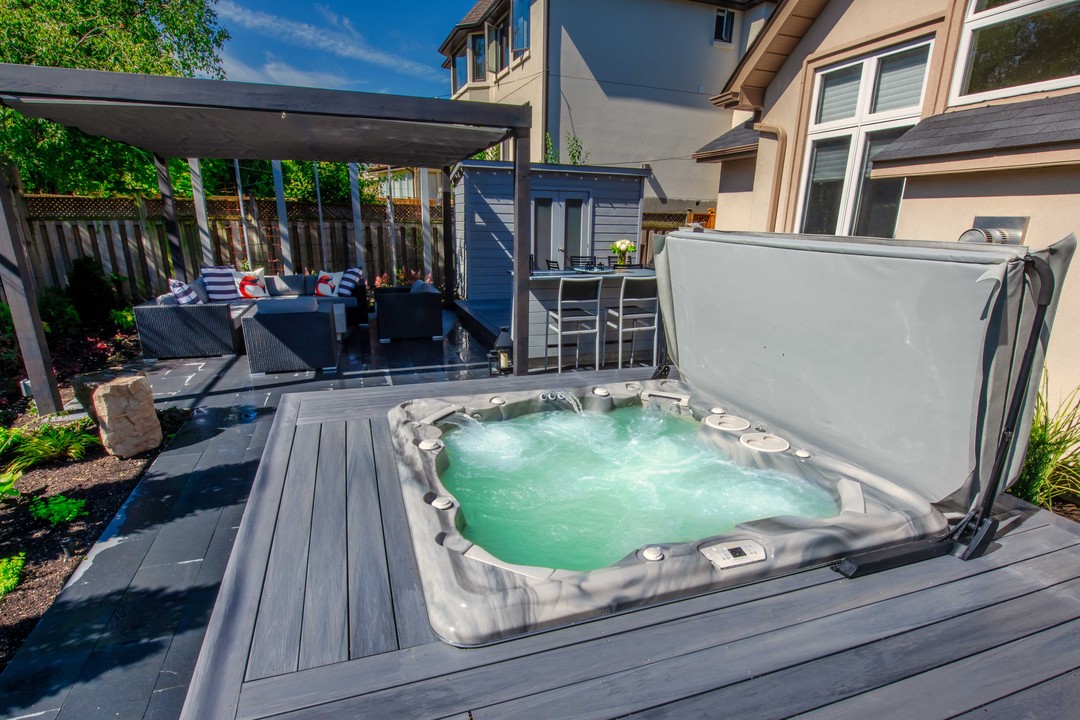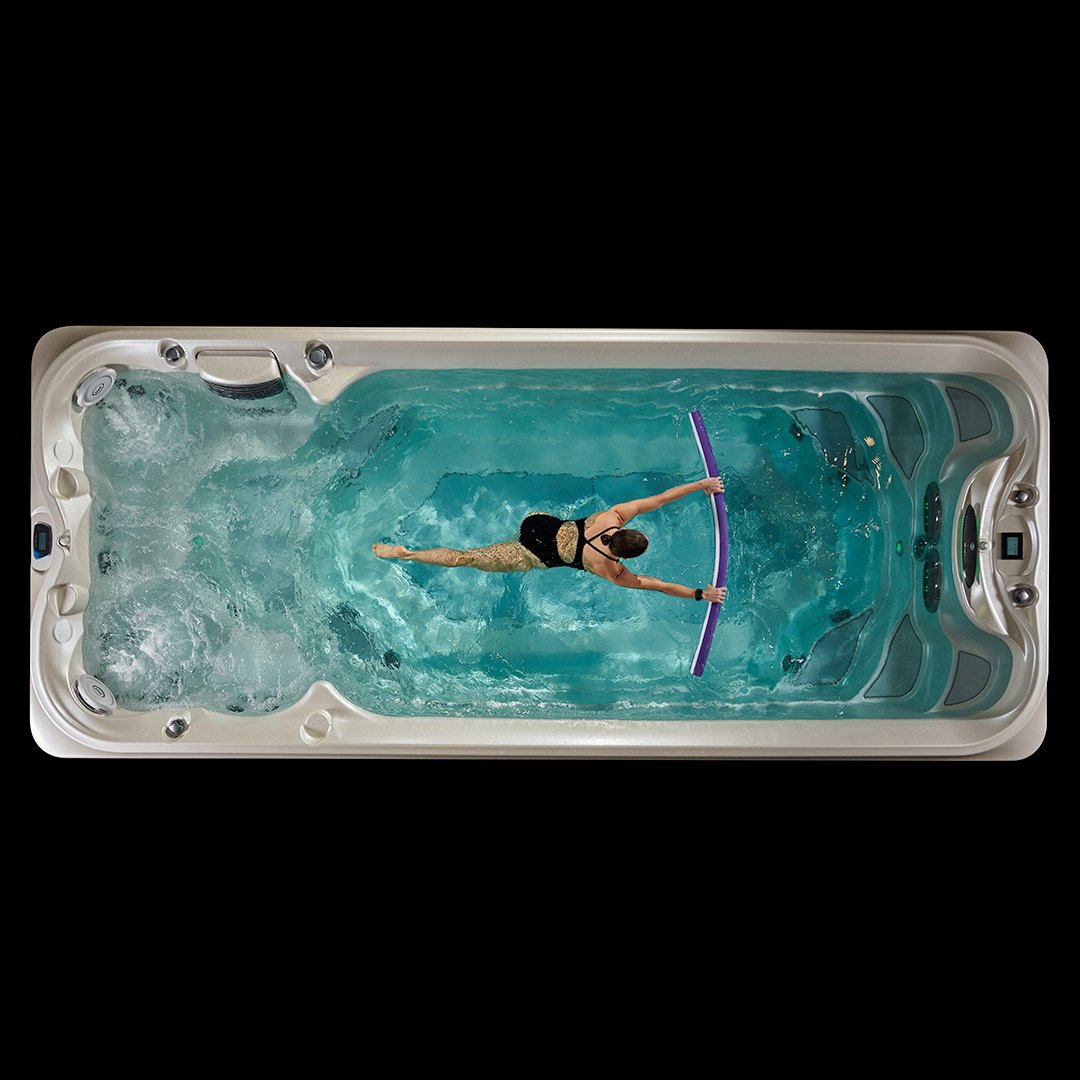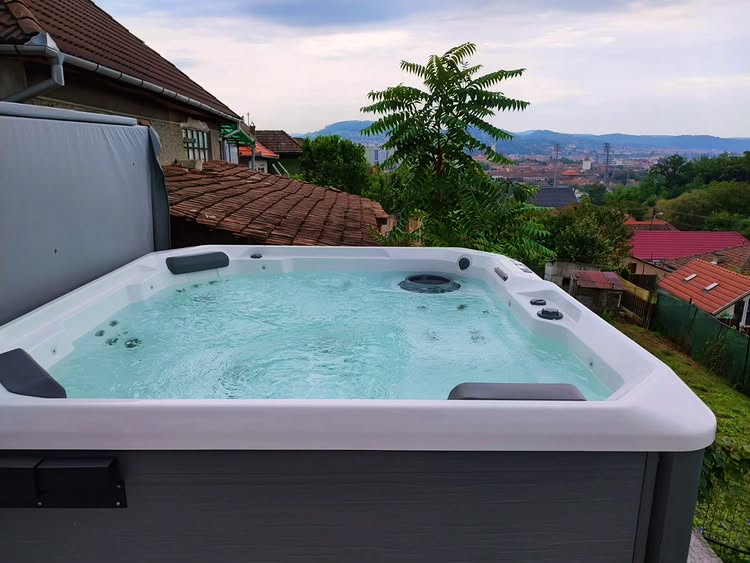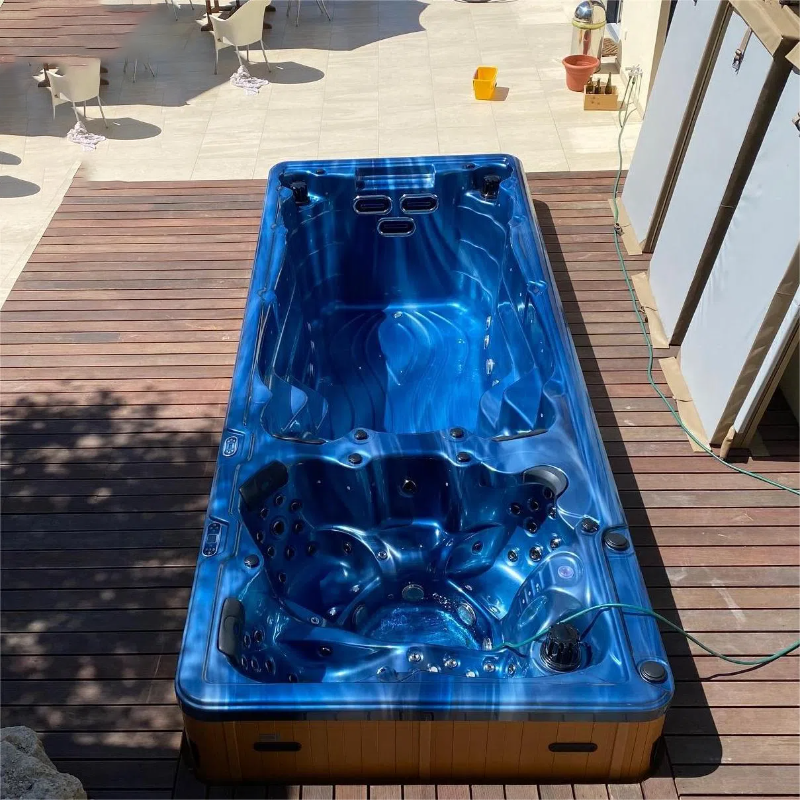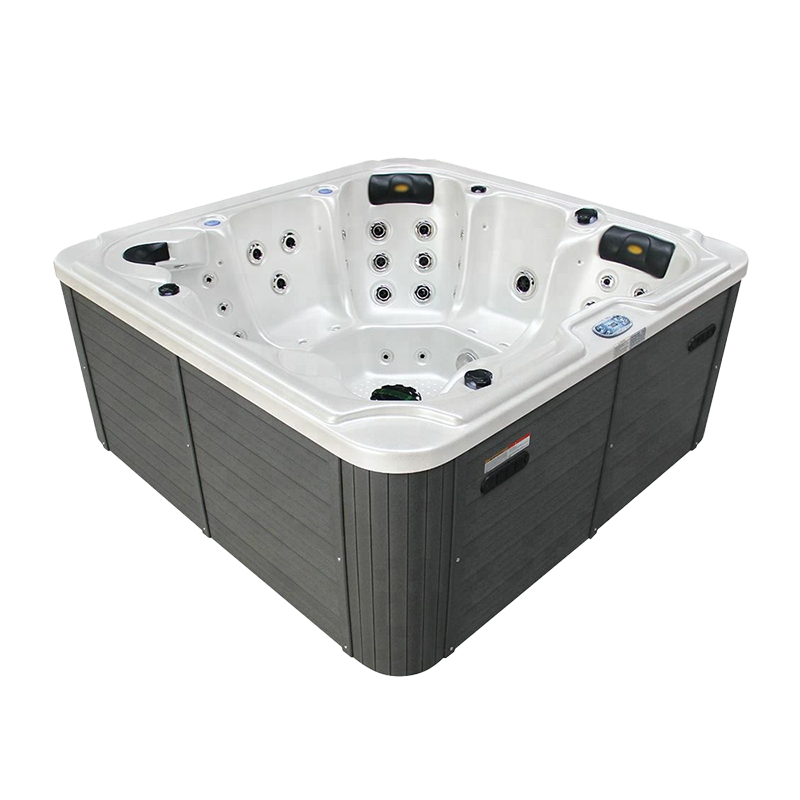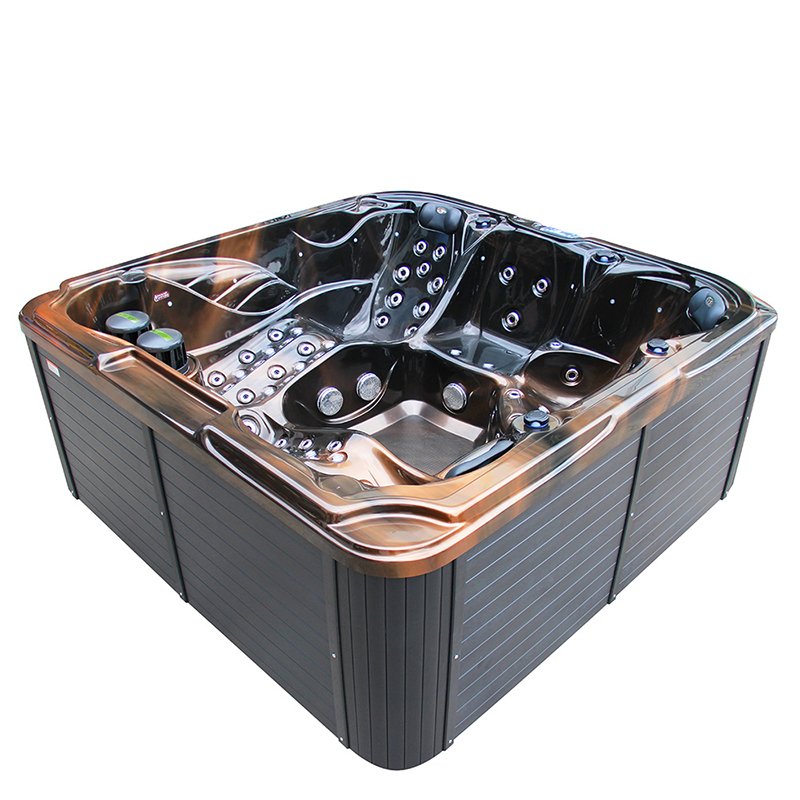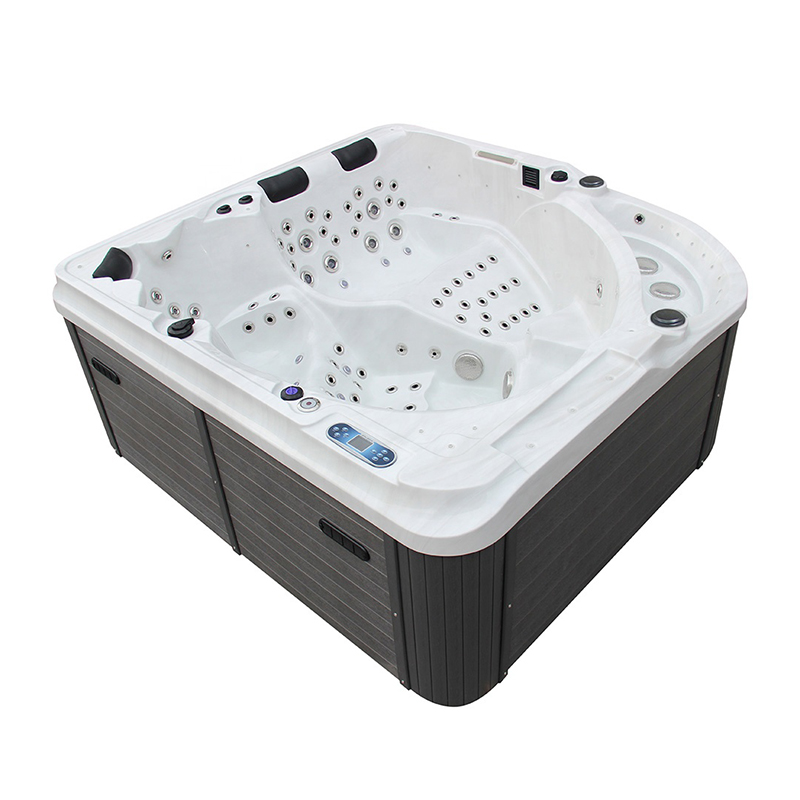Purchasing a hot tub can be a thrilling experience, offering a blend of relaxation, health benefits, and enjoyment right in the comfort of your home. However, with a vast range of options available, it’s easy to become overwhelmed by all the choices, particularly when it comes to choosing between a 110V and 220V hot tub. While both voltage options provide great benefits, each type offers distinct advantages and limitations that can significantly affect your decision.
This guide will help you better understand the differences between 110V and 220V hot tubs, their pros and cons, and how to determine which one is best suited for your lifestyle, budget, and space. By the end of this article, you’ll be equipped with the knowledge to confidently choose the perfect hot tub that aligns with your needs and preferences.
1. What Is the Difference Between 110V and 220V Hot Tubs?
Understanding the primary differences between 110V and 220V hot tubs is crucial in making an informed decision. While both types serve the same ultimate purpose — providing relaxation, stress relief, and hydrotherapy — the internal mechanisms, energy usage, and installation requirements vary significantly.
110V Hot Tubs: Simple, Convenient, and Affordable
A 110V hot tub, often referred to as a “plug-and-play” model, is designed for ease of use and minimal installation. As the name suggests, you can plug the unit directly into a standard household outlet without needing additional electrical work. While this simplicity is appealing, it comes with a few trade-offs in terms of performance and features.
Advantages of 110V Hot Tubs
- Easy Setup: You can set up your 110V hot tub in a matter of hours, making it an excellent choice for those who want a hassle-free experience.
- Lower Upfront Costs: Since 110V models don’t require professional installation or expensive electrical upgrades, they tend to be more affordable upfront.
- Portability: These hot tubs are lighter and easier to move, making them ideal for those who need flexibility in their spa setup. They can even be taken to vacation homes or temporary locations.
- Compact Size: Many 110V hot tubs are designed for smaller spaces, making them perfect for apartments, small backyards, or tight patio areas.
Despite their convenience, 110V hot tubs do have some limitations. They generally come with smaller heaters and fewer jets, which means the overall performance — especially when it comes to heating and jet power — is less robust than their 220V counterparts.
What About Cold Weather Performance?
One of the main concerns with 110V hot tubs is whether they can adequately heat the water in colder climates. Since these models typically come with 1 kW heaters, they may struggle to maintain a comfortable temperature in freezing conditions, especially if the weather drops below 40°F.
However, high-quality insulation and well-fitted covers can significantly improve heat retention. For instance, Master Spas’ Getaway Series features full foam insulation and durable covers that help mitigate heat loss even in colder environments.
220V Hot Tubs: Power, Performance, and Premium Features
If you’re seeking a hot tub with enhanced performance, more powerful jets, and advanced features, a 220V hot tub may be the better choice. These units require a dedicated 50-amp electrical connection, typically installed by a licensed electrician, and they run at much higher voltages, allowing for greater heating efficiency and a superior hydrotherapy experience.
Advantages of 220V Hot Tubs
- More Power: The increased voltage enables these hot tubs to operate larger heaters and pumps, meaning they can maintain higher water temperatures and run more jets simultaneously, providing a stronger and more therapeutic massage.
- Greater Energy Efficiency: While 220V hot tubs require more initial power, they are generally more energy-efficient in the long run due to the larger heating systems and better insulation.
- Faster Heating: The higher voltage allows these units to heat the water more quickly, making them ideal for people who want to jump in without having to wait long periods.
- Advanced Features: Most 220V hot tubs come equipped with additional features such as Bluetooth speakers, LED lighting, Wi-Fi connectivity, and even built-in aromatherapy options. These features enhance the overall experience and can be customized to suit your preferences.
- Larger Jet Systems: 220V models typically offer a wider range of jet styles, providing more targeted massage for specific areas such as the back, shoulders, and legs.
While the 220V option certainly provides more power and versatility, it also comes with the necessity of professional installation and a higher initial cost. Additionally, these models tend to be larger, requiring more space for installation.
2. Key Differences in Installation and Maintenance
Installation is one of the most significant factors to consider when choosing between a 110V and 220V hot tub. The simpler setup of a 110V hot tub may seem appealing, but it’s important to also consider the long-term investment and benefits of a 220V model.
Installation for 110V Hot Tubs
A 110V hot tub can typically be plugged directly into a standard 110V household outlet. The installation process is simple and doesn’t require any professional help. This “plug-and-play” setup makes it an excellent option for renters, people with limited space, or those on a budget. Additionally, because no professional installation is required, you can save money upfront.
Installation for 220V Hot Tubs
On the other hand, a 220V hot tub requires a professional installation, including the installation of a dedicated electrical line. This process typically requires hiring an electrician, which adds to the overall cost. However, the enhanced power and performance of a 220V hot tub may justify the higher installation costs for some users.
Ongoing Maintenance for Both Models
Maintenance for both 110V and 220V hot tubs involves similar tasks such as water treatment, cleaning filters, and checking the overall condition of the spa. However, 220V hot tubs may require additional attention due to the larger pump and jet systems.
3. Performance Comparison: Hydrotherapy and Heating Power
When it comes to performance, the primary difference between 110V and 220V hot tubs is in the heating and jet systems.
110V Hot Tubs: Limited Power but Sufficient for Smaller Needs
A 110V hot tub typically uses a 1 kW heater, which is fine for heating smaller volumes of water, but may struggle when it comes to quickly raising the temperature of larger tubs or maintaining warmth during cold weather. In terms of jet power, the lower voltage can only support a smaller number of jets, making the hydrotherapy experience less intense.
220V Hot Tubs: Superior Heating and Hydrotherapy Experience
A 220V hot tub, on the other hand, uses a much larger 4 kW heater, which means faster heating times and the ability to maintain a warm temperature for extended periods. Additionally, the higher voltage allows for more jets, providing a more powerful and therapeutic massage experience. Whether you’re seeking relief from muscle soreness or simply looking to relax, the 220V models tend to deliver a more robust hydrotherapy experience overall.
4. Noise Levels: Which Is Quieter?
One factor often overlooked is the noise level produced by the hot tub’s motor and pumps. Due to the higher-powered systems in 220V hot tubs, they can be noisier during operation than their 110V counterparts. If you’re sensitive to sound or plan to use your hot tub at night, the quieter nature of a 110V hot tub might be a preferable choice.
5. Additional Features to Consider
In addition to the basic power differences, both 110V and 220V hot tubs come with an array of customizable features that can enhance your spa experience.
Energy Efficiency and Insulation
Energy efficiency is crucial for both types of hot tubs, especially if you plan to use your spa regularly. Look for hot tubs with good insulation, which helps to retain heat and reduce the overall cost of operation. Some 220V hot tubs come with additional insulation, ensuring that they retain heat more effectively and use less energy over time.
Advanced Water Treatment Systems
Both types of hot tubs come with water treatment systems, but 220V models often feature advanced filtration and sanitation options, including UV systems, ozone generators, and high-efficiency filters. These can help keep the water clean with minimal effort, ensuring that you spend more time relaxing and less time cleaning.
6. Frequently Asked Questions (FAQs)
What’s the difference between a 110V and 220V hot tub?
A 110V hot tub uses a standard household outlet and is easier to install but has slower heating and weaker jets. A 220V hot tub heats faster, offers better massage, and runs more efficiently — but needs professional installation.
Is a 110V hot tub good in cold weather?
110V hot tubs can work in cold weather, but they may struggle to keep the water warm if the air temperature drops significantly. A 220V model is better for year-round use in colder climates.
Does a 220V hot tub cost more to run?
While the upfront cost is higher, 220V hot tubs are often more energy-efficient over time, especially in colder climates. The larger heater and pump system allow the spa to maintain temperature without overworking.
Can I convert my 110V hot tub to 220V?
Some 110V hot tubs are convertible to 220V. Check your owner’s manual or contact the manufacturer. A licensed electrician is required to complete the conversion safely.
Conclusion: Finding the Perfect Hot Tub for Your Needs
In the end, whether you choose a 110V or 220V hot tub depends on your personal preferences, budget, and how you plan to use your hot tub. If you’re looking for a portable, budget-friendly, and easy-to-install option, a 110V hot tub is a great choice. However, if you’re prioritizing performance, advanced features, and a more powerful hydrotherapy experience, a 220V model may be the better investment.
Take your time evaluating your needs, considering both short-term and long-term benefits, and select the hot tub that will bring you the most enjoyment and relaxation. Happy soaking!

